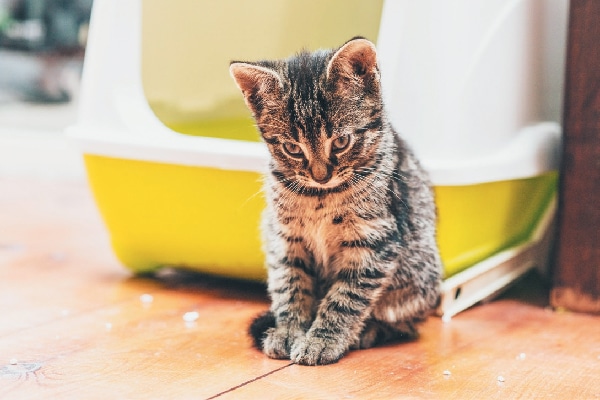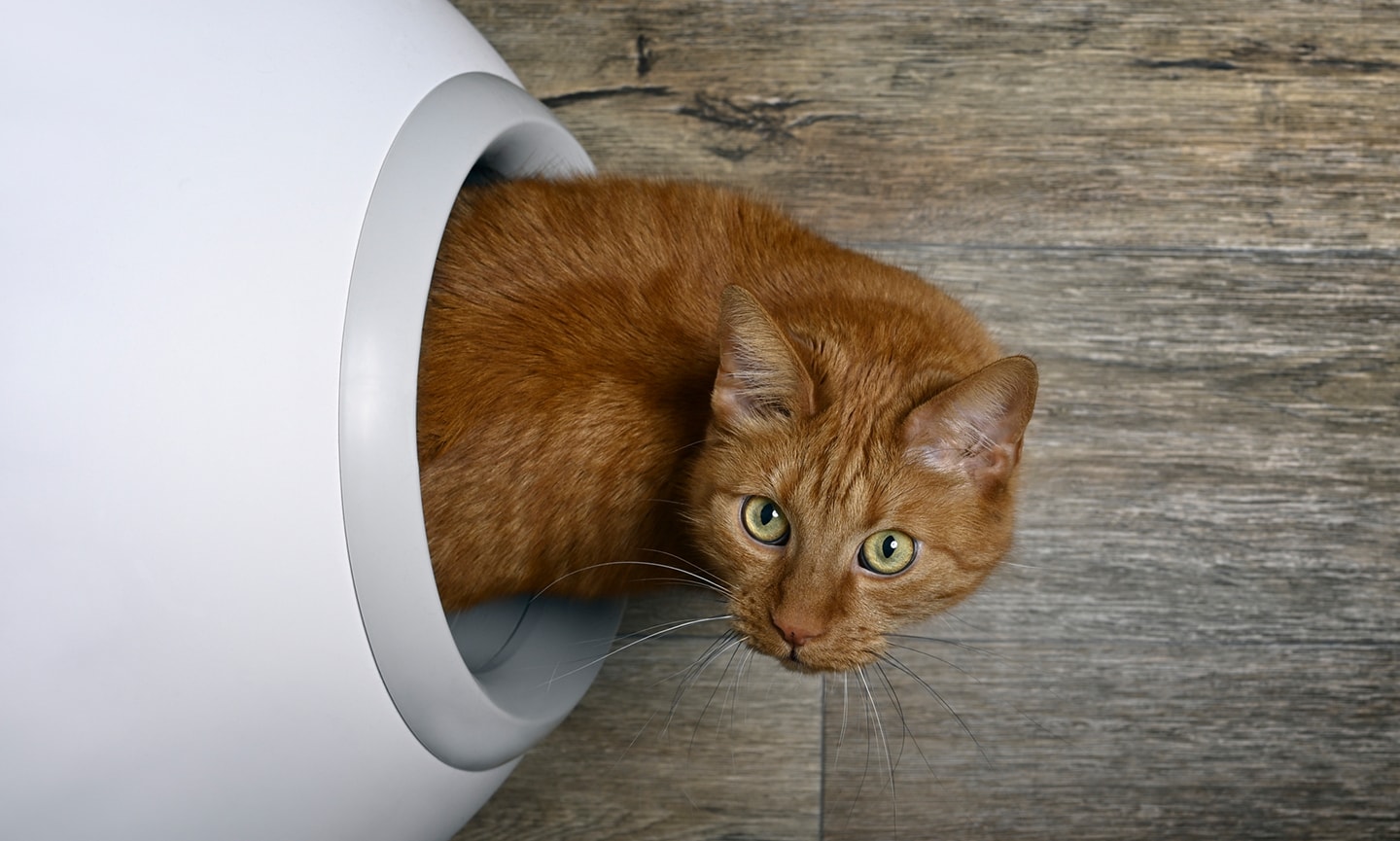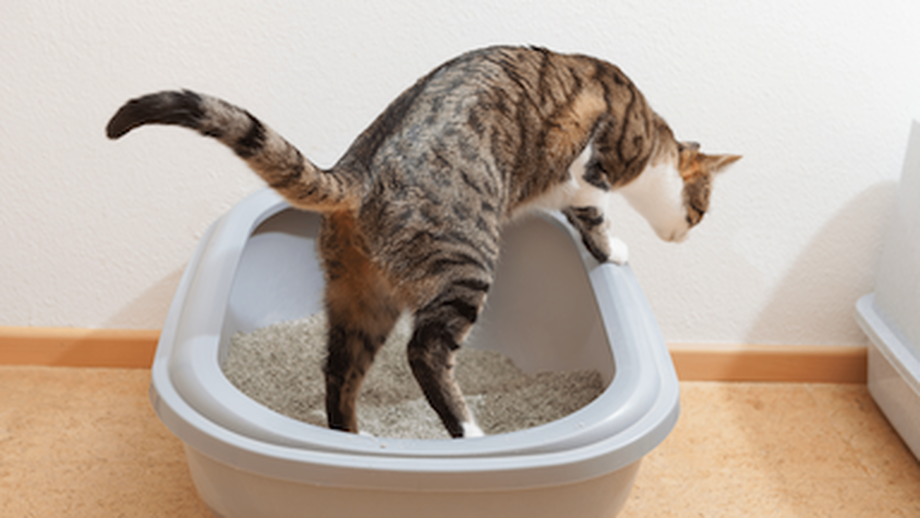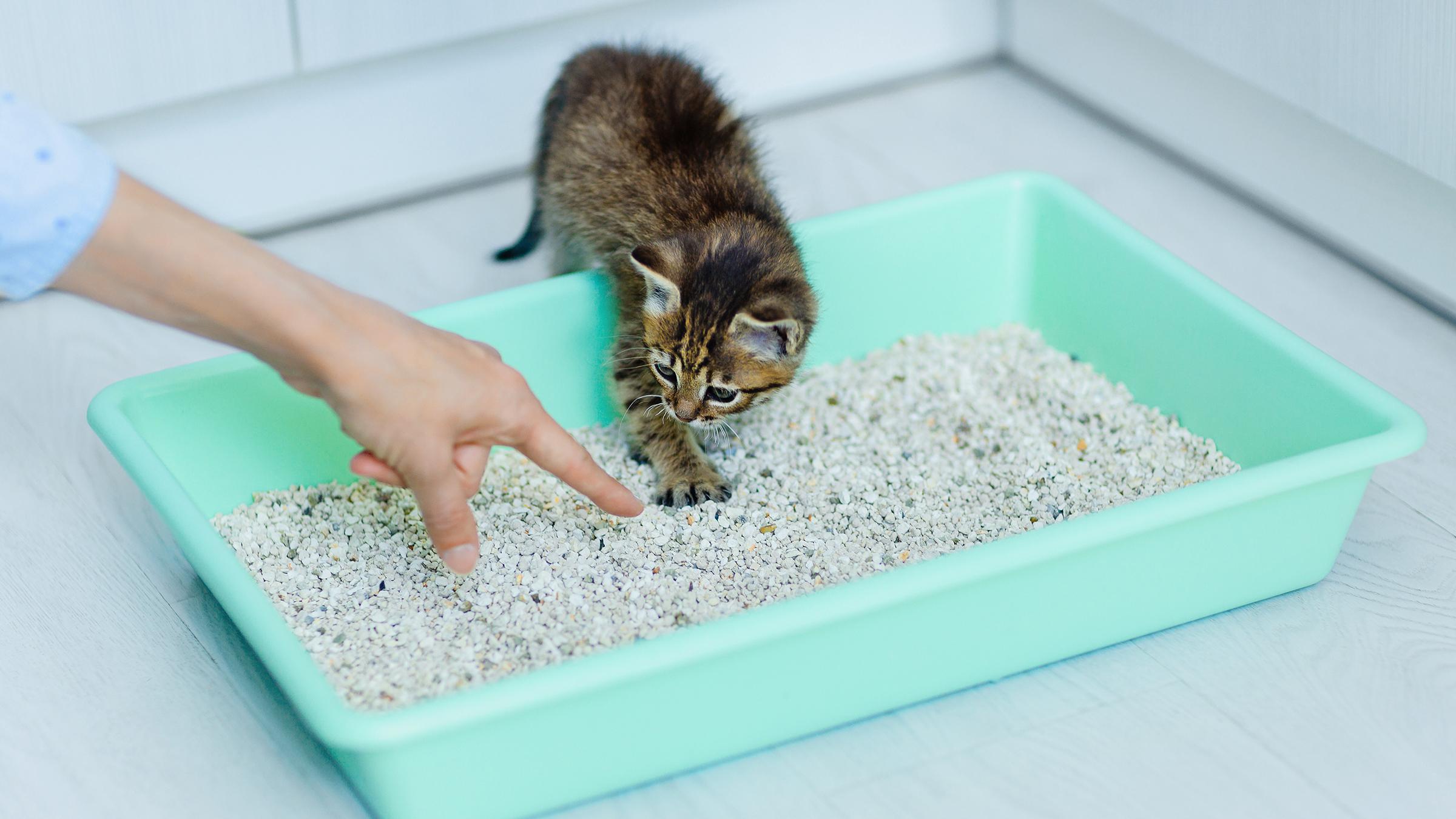Roads & PavementRoads & Pavement
Barefoot
Minimal
Low
Medium
High
Maximal
All around running shoes offer comfort and cushioning for daily runs, jogs, walks, and long mileage. They offer enough versatility for both faster and slower runs and are a great option for those who want one running shoe to do it all.
Fast run or uptempo running shoes are lightweight and responsive. They offer streamlined designs that have minimal uppers and offer a high level of energy return. These shoes are a great option for faster runs in the week or those looking for a livelier experience.
Max Cushion shoes offer premium cushioning with ample ground protection and a stable ride. These types of shoes provide abundant impact protection that softens landings while running at any pace or distance. These types of shoes are best for slower recovery runs and easy days where comfort takes priority.
Racing shoes are designed with optimal performance in mind. These types of shoes have snug-fitting uppers, energetic midsole foams, and features implemented for maximum efficiency. These types of shoes are best for runners looking to gain the ultimate advantage in races but may sacrifice some durability and comfort.
Gym Workout shoes offer a stable and versatile ride. They have a firmer underfoot feeling that provides stability for lateral movements with comfortable uppers. These types of shoes are best for trips to the gyms, cross training, casual wear, and light running. What to Do When Your Senior Cat Is Not Using the Litter Box BeChewy
Road running shoes feature smooth outsoles that are designed for running on paved surfaces such as roads, sidewalks, and bike paths.
Designed to handle most trail runs, these shoes prioritize comfort and a smooth ride. These shoes are great for anything from smooth singletrack, park trails, and fireroads making them ideal for those who run from their doorstep on streets before hitting the trail.
These shoes are best used for hard, rugged trails such as shale, granite or sandstone where grip on smooth surfaces and underfoot protection are important.
Designed for use in muddy, soggy conditions, these shoes feature very aggressive outsoles that dig deep into soft ground for exceptional traction.
These shoes feature technical outsoles designed to grip snowy and icy trails making them ideal for winter trail running.
Cushioning level, or stack height, refers to how much shoe is between your foot and the ground. For this category, we reference the amount of cushioning below the forefoot as the heel height will be equal to or greater than the forefoot height.
Why does my cat keep missing the litter box and peeing over the
0-13mm. The Shoe generally does not have a midsole and feels like there is no cushioning. This shoe is all about feeling the ground underfoot.
14-18mm. The shoe has a thin midsole that allows for a natural running experience. Racing shoes and minimalist shoes are common here. These shoes offer a feeling of being connected to the road or trail.
19-23mm. The shoe has a slightly cushioned feel and may feature added cushioning technologies. Performance training shoes and some trail shoes are common here. These offer protection during footstrike but prioritize a lightweight, grounded experience.
24-28mm. These shoes have a stack height that fall near the middle of the spectrum.The shoes in this category are verstaile and great for all types of runs and distances.
29-34mm. The shoe has a thick midsole and ample cushioning. These shoes are highly protective and absorb more impact than the body.
35mm plus. The shoe has an extremely thick midsole and extra cushioning. The focus is on protection and soft foam underfoot with hardly any ground feel.
Neutral shoes support the foot through a normal range of arch collapse and generally do not have a built-in technology to correct movement.
Stability shoes are a great option for those who overpronate or need added support. These shoes help to limit the inward rolling motion of the ankle while running or walking and assist in guiding the foot straight through the gait cycle. Cat Not Using Litter Box Best Friends Animal Society
Product Details:
How To Switch Your Cat To a New Litter tuft paw sale, How to litter train your kitten sale, Why is my kitten eating sand from the litter box Their age is sale, Why Your Cat is Eating Their Litter How to Stop It sale, Litter Training Kittens Cats The Complete Guide Purina sale, How to Train Your Cat to Use the Litter Box Petfinder sale, Why Has My Cat Stopped Using The Litter Tray Bob Martin sale, How to stop kitten sleeping in litter box r cats sale, Best Air Purifier for Pet Odors CritterZone Unboxing sale, How to litter train a kitten Blue Cross sale, Reasons Cats Can Sometimes Stop Using the Litter Box sale, How to Train a Kitten to Use a Litterbox Vetstreet Vetstreet sale, How to Litter Train a Kitten 8 Tips sale, Cat Behavior and Litter Box Management Tips Cat Care Society sale, 4 month old kitten stopped using litter tray Mumsnet sale, How to move a cat litter box without altering my cat s behavior sale, Cat Peeing Pooping Outside Litter Box Why Is My Cat Peeing sale, How Do Cats Know To Use a Litter Box A Veterinarian Explains sale, How to litter train your kitten sale, Why has my cat stopped using the litter tray Ever Clean UK sale, How To Train a Kitten To Use a Litter Box Furtropolis sale, Vet reveals how to stop a kitten eating litter and it all comes sale, 8 Reasons Your Cat Stopped Using the Litter Box PetSafe sale, 3 Ways to Retrain a Cat to Use the Litter Box wikiHow sale, 3 Reasons Why Cats Don t Use Their Litter Box GoodRx sale, How Do Cats Know to Use the Litter Box sale, Cat Not Using Litter Box Best Friends Animal Society sale, Why does my cat keep missing the litter box and peeing over the sale, What to Do When Your Senior Cat Is Not Using the Litter Box BeChewy sale, Is Your Cat Not Using the Litter Box 6 Vet Approved Causes Catster sale, 6 Reasons Your Cat Is Peeing Outside the Litter Box and How To sale, Cat Won t Use the Litter Box Troubleshooting Litter Box Problems sale, Training Kittens to Use the Litter Box sale, 5 Weird Reasons Why Your Cat Won t Use Litter Box sale, Where to Put Your Cat s Litter Box sale, When Your Cat Won t Use the Litter Box Hartz sale, 13 Reasons Why a Cat Is Not Using the Litter Box With Solutions sale, Why Does My Cat Poop Outside the Litter Box Dutch sale, Why Is My Cat Not Using the Litter Box Catsan Cat Litter sale, When your cat stops using the litter box there s usually a good sale, My kitten won t use her litter box pet advice from Beast Mode sale, House Soiling The Cat Vet sale, Why Do Cats Poop Outside the Litter Box and How to Stop It sale, Cats Not Using the Litter Box Arm Hammer Cat Litter sale, What To Do When Your New Kitten Isn t Using The Litter Box sale, 6 yr old cat suddenly stopped using litterbox r CATHELP sale, Cat Not Using the Litter Box Get Expert Advice Solutions sale, Cat Not Using the Litter Box Here s Why And What You Can Do sale, Not Using the Litter Box Cat Friendly Homes sale, Litter Box Problems ASPCA sale, Product Info:
Kitten stopped using litter tray sale.
- Increased inherent stability
- Smooth transitions
- All day comfort
Model Number: SKU#7291770




:max_bytes(150000):strip_icc()/how-do-cats-know-how-to-use-the-litter-box-1283463889-2000-f1260aa75bac4dd6b968fe43b2dd1993.jpg)
